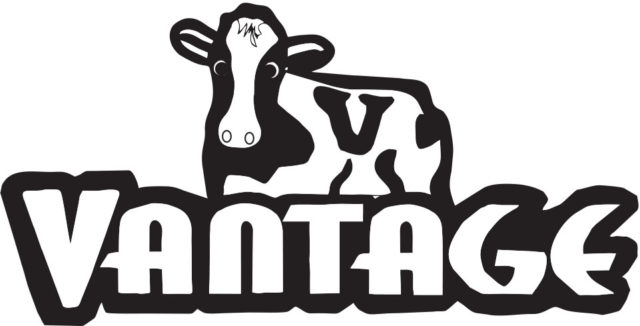The use of biological products in agriculture has increased by 300% over the past 10 years and is expected to continue an upward trajectory. Vast amounts of information and claims surrounding these products have left many growers to wonder how these products fit into the production practices on their farms. This article will lay a foundation to utilize when choosing a path for your farm regarding the use of biological products.
The first step: Understanding the basics and how to categorize products
When we discuss biological products, the term may refer to a living organism or a substance made from a living organism. There are two main categories:
- Biostimulants/biofertilizers: These are microbial organisms intended to enhance or enable plant nutrient uptake, plus substances derived from living organisms intended to stimulate the natural process of the plant to enhance or benefit nutrient uptake, nutrient efficiency, stress tolerance or crop quality.
- Biopesticides: These products are derived from living materials that act upon a target species as a fungicide, insecticide or herbicide.
While any biological product can be classified under one of these categories today, the least regulated and largest sector falls under the category of biostimulants. This category includes beneficial microorganisms, humic substances, amino acids, plant extracts and beneficial elements.
Where does a biological product belong on your farm?
- Determine where efficiency is needed: Biostimulants/biofertilizers are used to modify the efficiency of traditional inputs by utilizing natural processes to increase production capacity.
- Not a “one-size-fits-all” product: Biology is sensitive to fluctuations in the environment, such as moisture, temperature, sunlight, competition and cultural practices. Success in one field or crop may not equate to every acre in every situation, and success with biological product applications may require gaining experience through trials on your own farm or region.
- Rely on experts: On-farm research may seem daunting, but there are many agronomists, crop advisors and consultants with experience who may be able to provide a starting point in your area.
- Consider the return on investment (ROI): When considering the use of biological products on your farm, consider the effect that increasing the efficiency of current inputs could have as we look to increase sustainability and profitability.
Key things to consider as you choose biological products
- Living versus spore-form products: Living organisms often have a limited shelf life and narrow temperature range in which they can survive. Meanwhile, spore-form organisms are those that have reverted to a dormant state and can survive for longer periods of time as they wait for ideal conditions to grow and reproduce.
- Colony-forming unit (CFU): A label should give a CFU count for each microorganism it contains. This CFU should be looked at as the active ingredient of traditional chemistries; while some microorganisms require fewer CFUs to generate the intended effect, a CFU count of less than 1 x 106 should be questioned.
- Spray water quality: Extreme pH and water containing chlorine may neutralize some biologicals. Dechlorination or buffering of water should occur before tank mixing.
- Identify the problem: Many biologicals require a condition for success, such as abiotic stressors or nutrient inefficiency. Pick the products to address the problem at hand.
Liebig’s law of the minimum states, “The local yield of terrestrial plants should be limited by the resource that is present in the environment in the least quantity relative to its demands for plant growth.” By utilizing this law and considering one’s production practices, it should be determined that biological products should be utilized where environmental availability and input efficiency are the least on one’s farm.
Adoption of biologicals
Biological products are not new to agriculture. The inoculation of nitrogen-fixing bacteria on legumes has been occurring for more than a century, providing great benefits and decreasing the need for nitrogen fertilizer.
Soil biology is the basis of mineralization, nutrient cycling and organic matter decomposition, all of which provide essential plant nutrients and form the basis for plant growth and reproduction. Without natural biology in agriculture, the efficiency with which production practices are based today would be drastically reduced. This simple fact provides the basis for increasing the efficiency of our production practices via biostimulant applications. This also provides the foundation to answer, where does a biological product belong on your farm?
The greatest increase in the use of biologicals falls into the biostimulant category, as they are the newest class of products for which legal definitions differ and where regulatory pathways are unclear. While some may be skeptical of the claims surrounding this class of products, the benefits they bring to a farm are certainly evident. After all, if one spends enough time in the field, the efficiency found in the natural world is often a process we wish to replicate.
Consider that as biological products advance via new research, experience with them now will help you make informed decisions on your farm going forward. As you begin to develop an approach regarding biological products or questions arise regarding these products, please reach out to your local [...] crop adviser or local agronomist.








